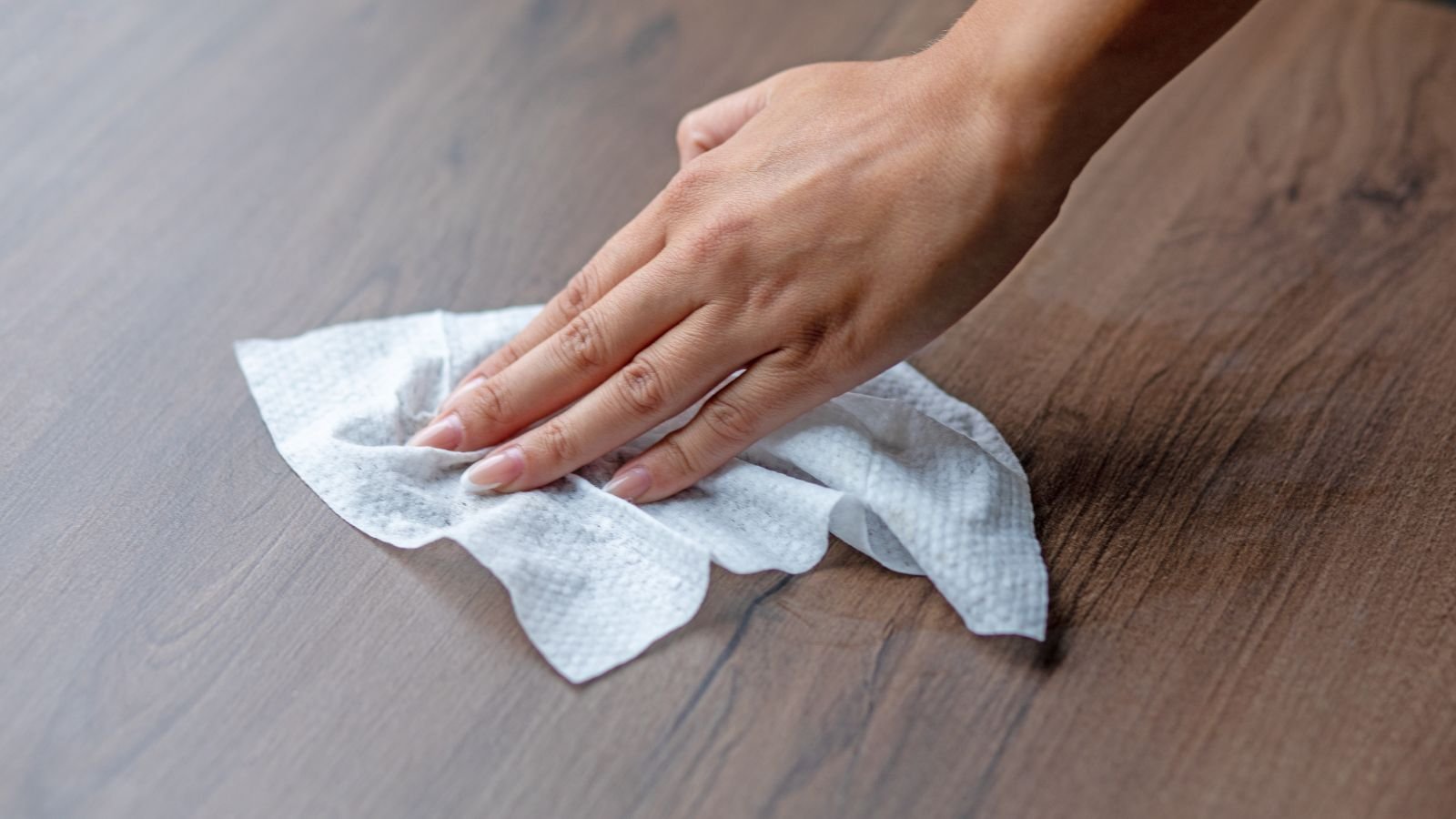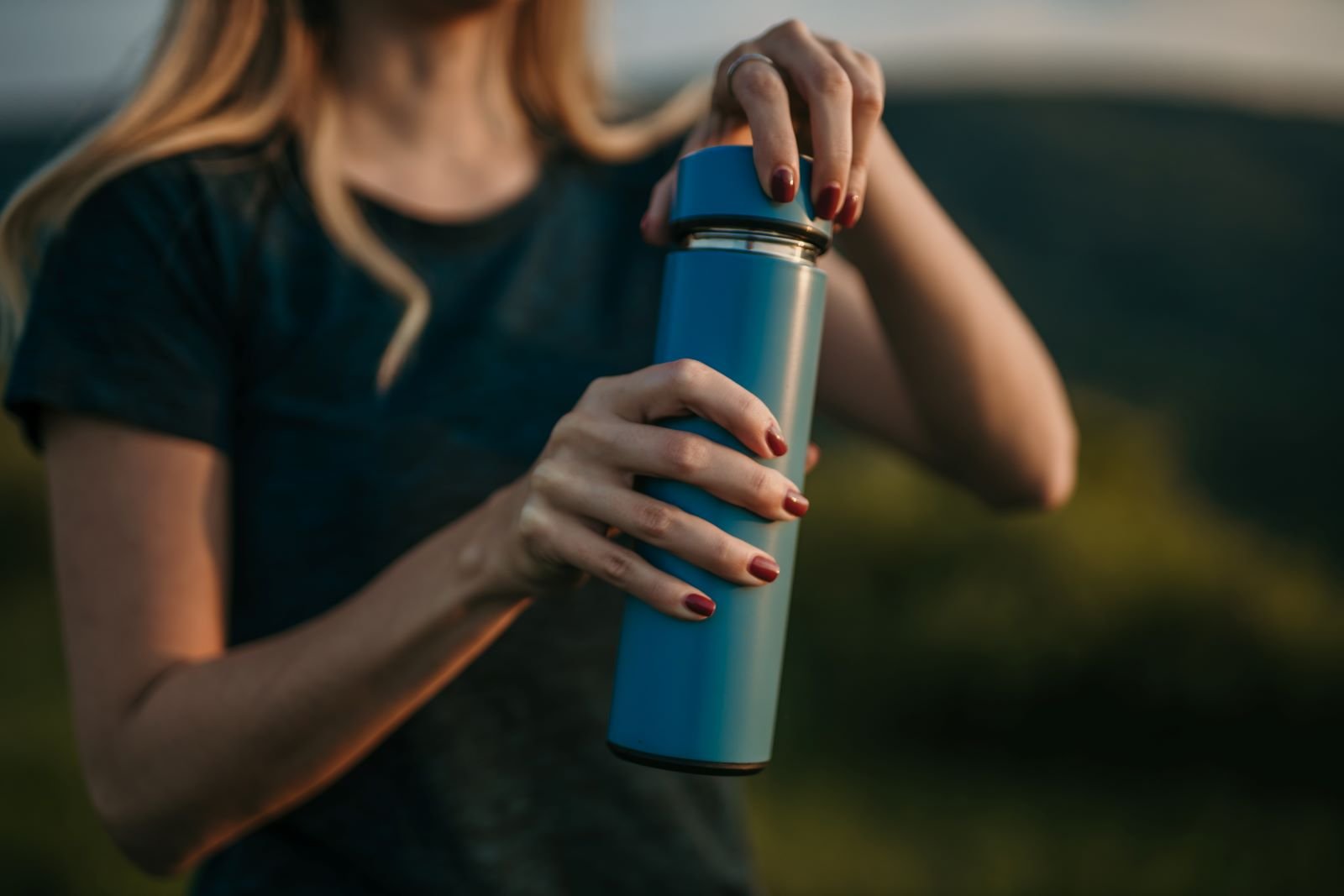The compartment built into the dashboard in front of the passenger seat was once used to store driving gloves, hence the name ‘glove compartment.’ The steering wheel in the early cars didn’t come with a hard top, and drivers often experienced numb hands from the chill of the fast-moving air. Nowadays, though driving gloves are redundant, glove compartments are still an essential feature in any car. Hence, do not overlook this critical vehicle component; use it to store things that can be useful during your trips.
Read on to learn 17 vital essentials to keep in your glove compartment for emergencies.
Car Registration Copy

Always carry a copy of your vehicle registration in the glove box if you are pulled over and need to show proof of ownership. However, remember to take the copy, never the originals.
Insurance Card

In an accident, you will need to provide proof of insurance. Hence, carrying a copy of your insurance in your glove box is wise. If your insurance provider didn’t send two copies, you can easily download it from your insurance carrier’s website.
Emergency Contacts And Information

If you are ever involved in an accident, the rescue workers will need information about you. Hence, it is advisable to have laminated paper with emergency contact numbers, medications, and any medical conditions and allergies. The paper should mention your name, address, phone number, birth date, blood group, social security number, physician’s number, and health insurance carrier.
First Aid Kit

A first aid kit can be a real savior if you are involved in a minor accident or want to assist someone in an emergency on the road. An essential car first aid kit must include items such as adhesive bandages, cloth tape, compress dressings, antiseptic spray or wipes, antibiotic ointment, aspirin, tweezers, analgesic ointment, non-latex gloves, and an oral thermometer. Remember to carry some essential medicines like antacids and meds for allergies, stomach upset, and headaches.
Wipes And Napkins

Wet wipes and napkins can come in handy if you handle foods or liquids in the car and there is a spillage. Cleaning the seats with wet wipes is more manageable if children are sick in the car.
Flashlight

If you drive at night, a heavy-duty waterproof flashlight is essential. It can be handy if you have a flat tire and are stranded in the dark. You wouldn’t want to rely on your mobile phone’s flashlight as it will drain the battery.
Tool Kit

You don’t want to be stranded on a highway or in an unknown part of town with no repair shop in sight. If you have a tool kit along with a puncture sealant, you can manage minor repairs yourself and temporarily fix the vehicle until you find a garage.
Whistle

If you meet with an accident or are in a situation where you feel threatened by another person or animal, blowing a whistle can draw attention and get you help sooner.
Window Breaker

It is a spring-loaded pointer made of metal that can shatter a car window when released. In an emergency, if your car gets submerged in water or turns over, it can help you get out of the car.
Seatbelt Cutter

While seatbelts can keep you safe during travel or if you meet with an accident, they can also sometimes become immobilized and trap you in the process. A seatbelt cutter can be a vital tool to get you out in case you are in an accident or get stuck behind the seatbelt.
Tire Gauge

It is recommended that you check the tire pressure once a month. However, a tire gauge in the vehicle’s glove box comes in handy if you forget to do it. Under-inflated tires can affect your car’s fuel efficiency and safety, not to mention lead to accelerated wear.
Pencil And Paper

While mobile phones have more or less obliterated the use of pencil and paper, it’s a good idea to carry them nonetheless. When your phone battery is running low, and you want to jot down some helpful information, like the name of a scenic town you passed by or the name, address, and vehicle registration number of another driver involved in a minor accident, it’s a good idea to carry it.
Emergency Flares

Flares can draw your attention if your car is involved in an accident or breaks down in a deserted place. It is a necessary tool for survival.
Ice Scraper

If you live in or intend to travel through a cold place in the winter, an ice scraper is an absolute necessity. A sudden snowstorm could lead to iced-over windows and hamper your visibility, and you don’t want to be stranded without one.
Bottle Of Water And Snacks

Keep a small bag with a freshwater bottle and some snacks for emergencies if your car breaks down in the middle of nowhere. Think of foods with a long shelf life and instant energy providers like peanuts, nuts, canned tuna, chocolates, energy bars, or hard biscuits.
Pepper Spray

Traveling with pepper spray is a good idea as it will protect you against another person’s. Driving through unfamiliar parts of town or on the highway in the dark, you will feel at ease if you carry some protection.
Pocket Knife

A pocket knife can be helpful in case your seatbelt is stuck. It can also be used as a protection tool if you feel threatened by a person or an animal. It can also help to cut through small vegetation or low branches if you want to step away from your vehicle to attend to nature’s call in the woods.
